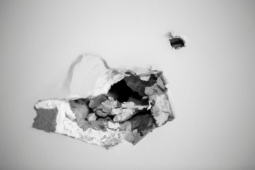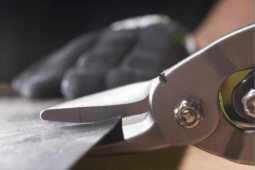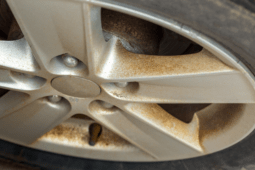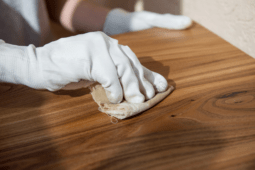Cutting Concrete Properly — and Choosing The Right Tool For It!
Cutting concrete used to be an arduous job, relegated to professional contractors, but thanks to advancements in tools, blades, and techniques, now almost anyone can cut slabs, walls, or concrete blocks with precision.
It used to be that when you thought of concrete, you pour it, finish it and think it will be permanent. But sometimes plans change and you have to cut concrete so you can add or modify it. The only problem is that concrete is a unique building material, as it ages, it gets harder. Concrete poured over 2,300 years ago by Roman engineers is still getting harder with each passing year, as proven in tests by modern civil engineers.
Older, well establish concrete is much easier to cut than a freshly poured section just a few weeks old. It might seem counterintuitive, but if you try to cut concrete that is only a month or so old, you will destroy a diamond cutting blade, and they’re not cheap.
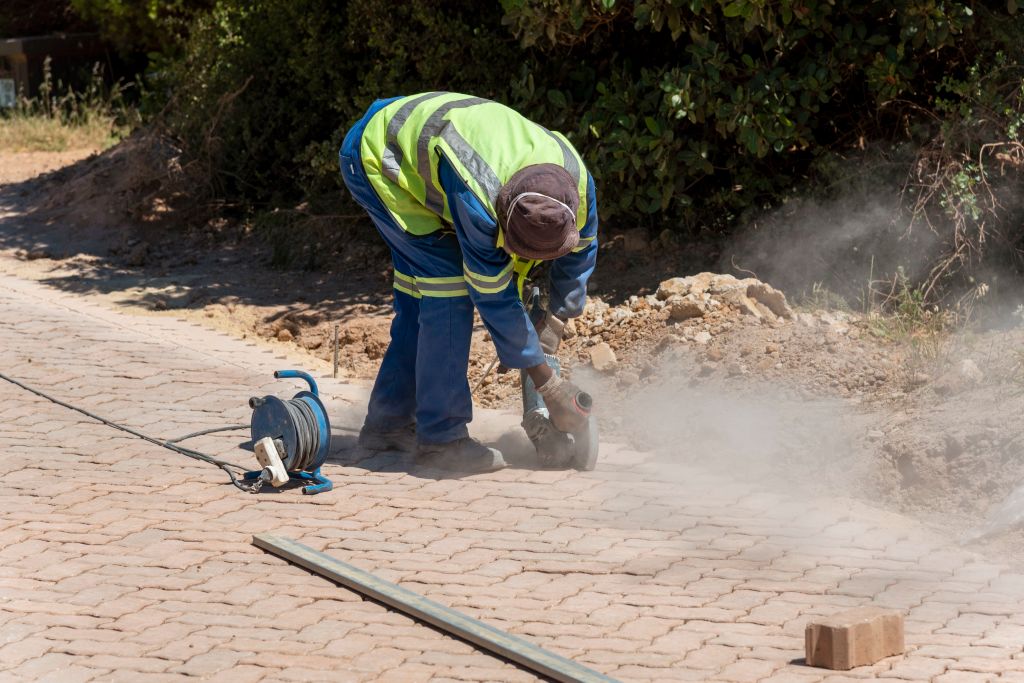
The Chisel and Hammer Technique
There are a few ways to cut concrete effectively. The first, and the oldest is to mark a line, then score along the line with a wide blade cold chisel. Using a two-pound hammer you set the chisel, hit it precisely with a couple of whacks, then move the chisel and repeat the process. You will have to go over the surface many times depending on the depth of the concrete. If it’s a concrete block you’re cutting, three or four passes will fracture the concrete along the lines of your chisel marks, and eventually, it will cleave evenly along the chisel cuts.
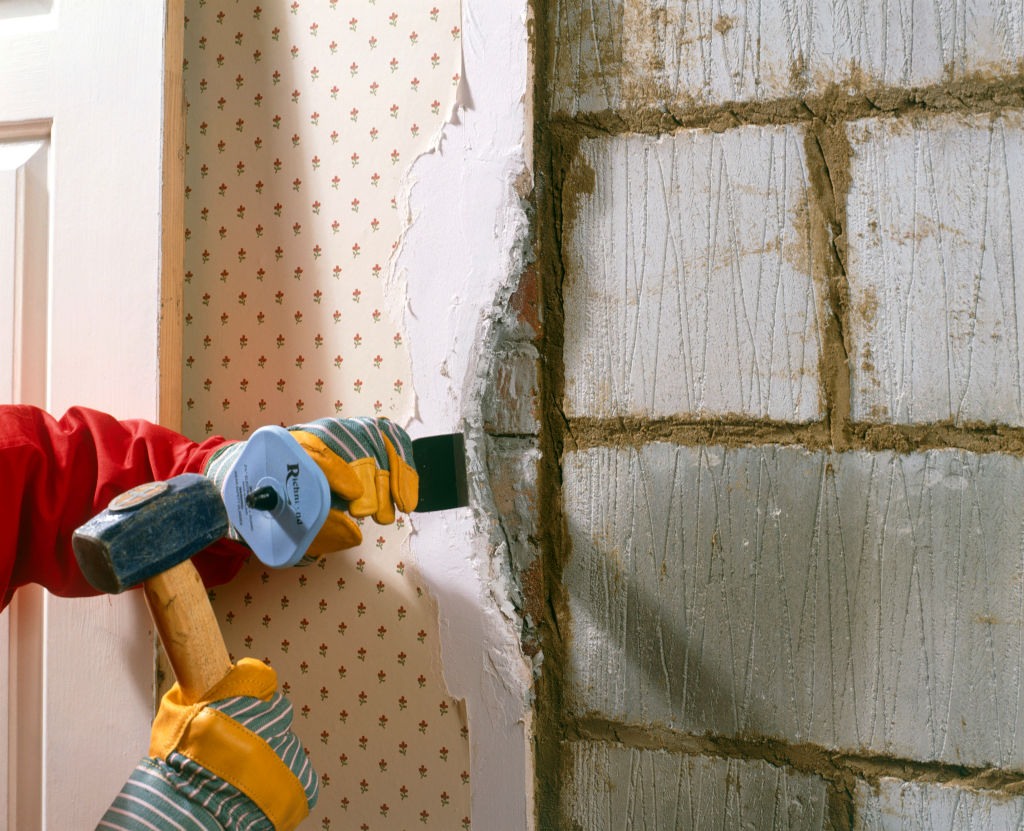
Choose The Right Saw Blade
If your job is a bit larger, maybe cutting away a gutter apron along a sidewalk for a new flower bed, you’ll want to use an abrasive or diamond-tipped blade and a power saw. There are a few different types of diamond blades though so it’s important you choose the right one for your job.
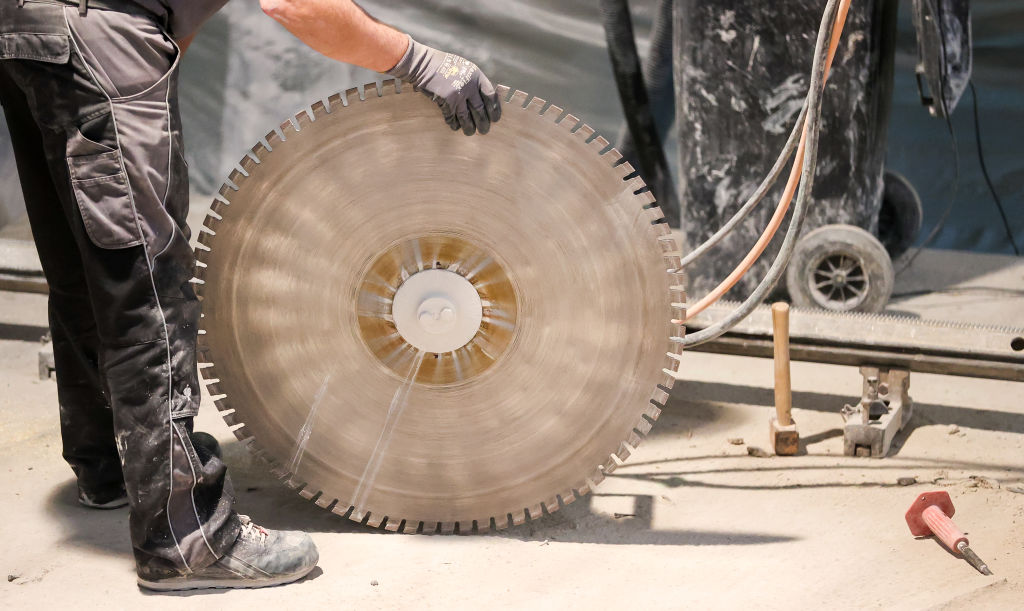
Abrasive Corundum Masonry Blades
Abrasive blades wear away quickly, but they’re good at cutting to depth and easy to keep on the line you’re following. They’re inexpensive and can go through not only concrete but also stucco and asphalt. Don’t shy away from these blades if you just need a few quick cuts but if you’re cutting through something with depth, you might notice they start to overheat and smell.
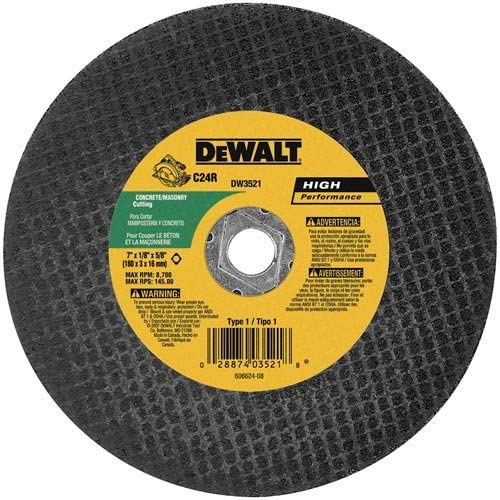
Diamond Blade Dry Saw
Diamond-tipped blades are the best choice for clean, deep concrete cuts. They can be used with a wet or dry saw. A wet saw works best on driveways, sidewalks, and other large flat surfaces, but these industrial-style saws are very expensive.
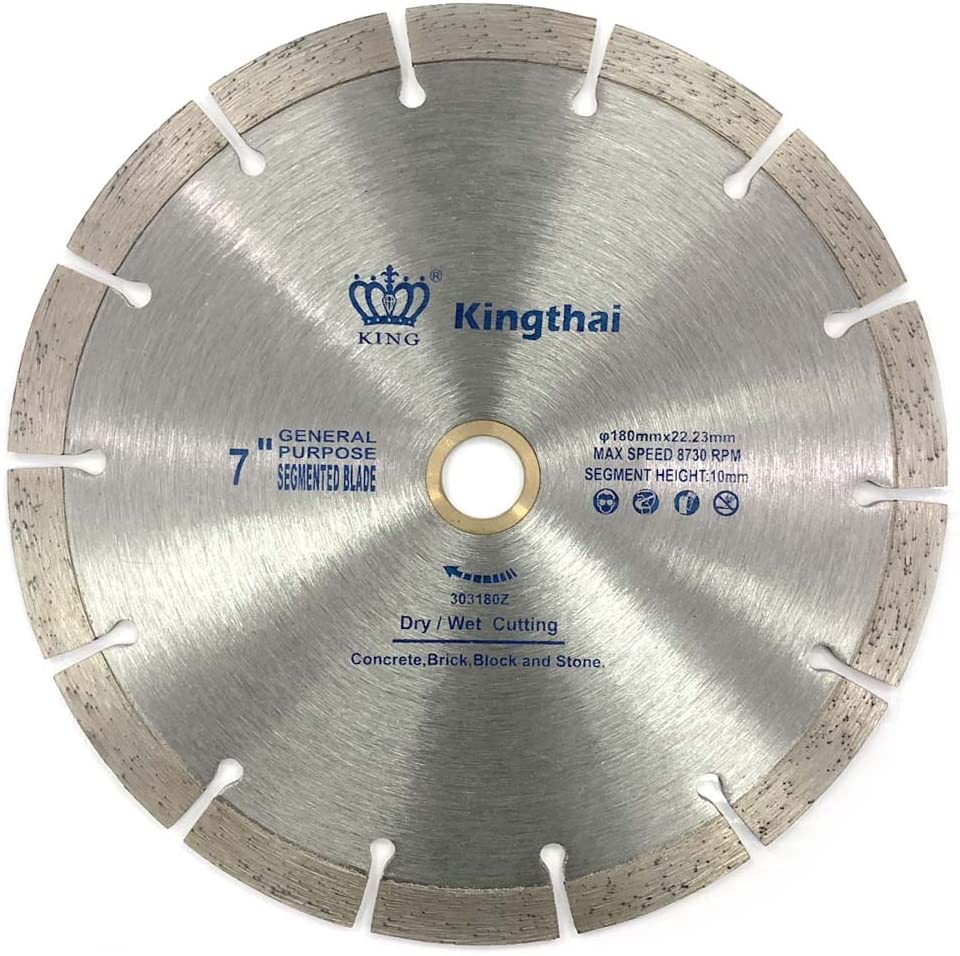
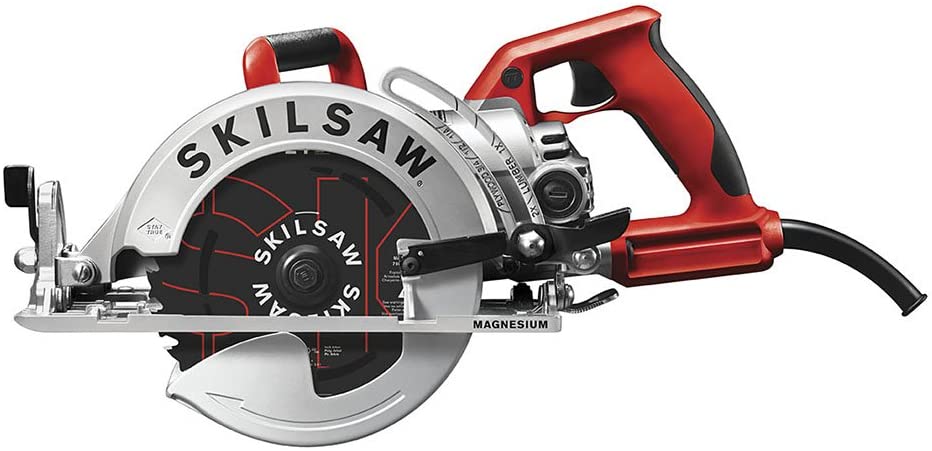
Diamond Blade Wet Saw
If your project requires the use of a wet concrete saw, the best bet is to rent one from a local rental center. They’ll provide you with instruction on how to use the saw, measure the diamond-tipped blade when you take the saw out, and measure the blade again when you return it. These measurements are calibrated to one-thousandth of an inch, and you’ll be charged for how much you take off the blade on your cut.
Wet saws are usually gas-powered, with walk-behind handles and controls. It may sound strange, but if you cut through hard concrete and hit soil beneath it will chew off the diamond edge much faster than simply cutting the concrete. More diamond loss means more cash out of your pocket.
Wet saws can be set to depth. A standard sidewalk or driveway is 3.5 to 5 inches deep. Set your blade to a 2-inch depth and make multiple passes until you’re almost through the concrete. Cut all sides of the area. When you’re close to being finished, hit the concrete with a sledgehammer or heavy digging bar and break it up. The fracture points on the concrete will follow along the cuts exactly.
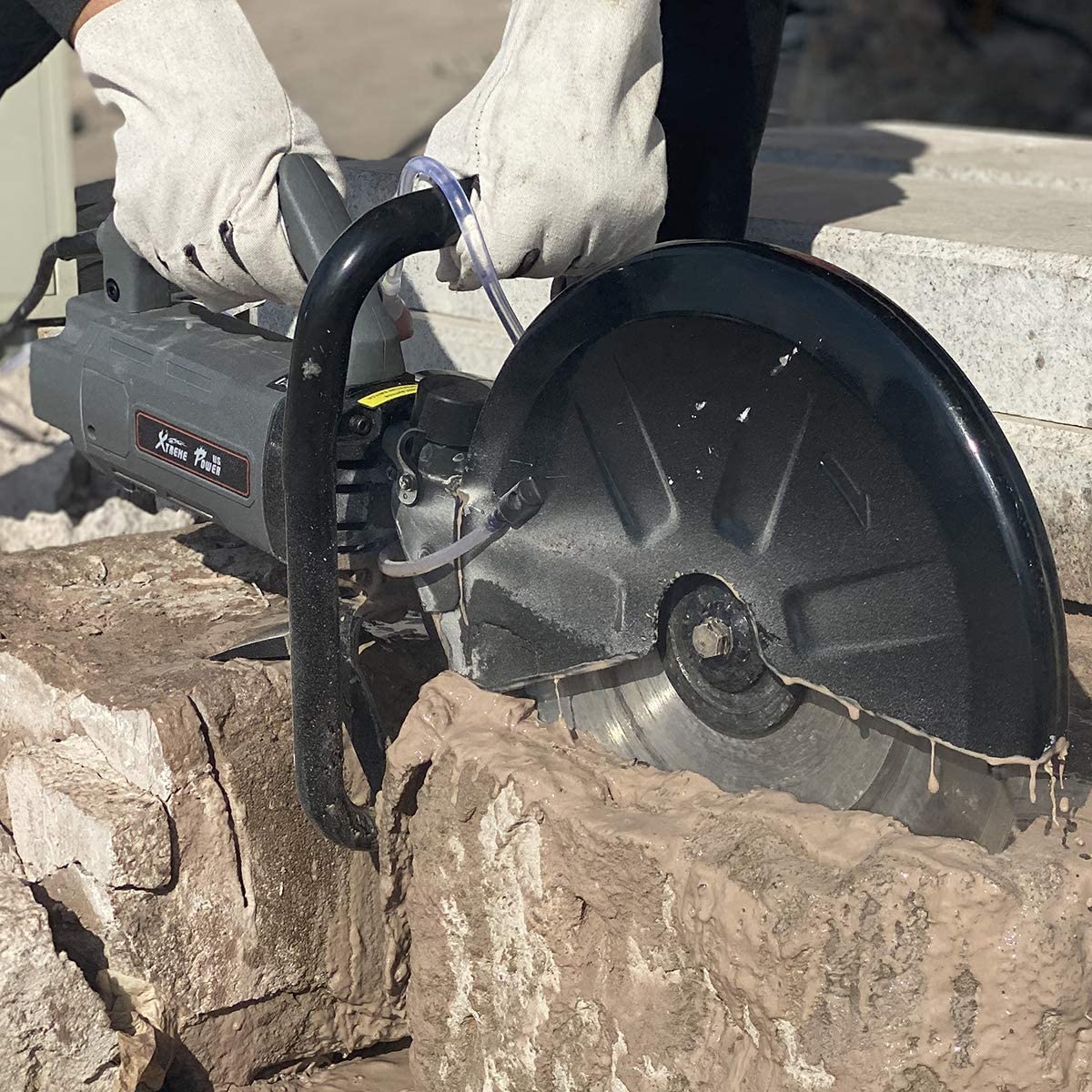
Pull Out The Jackhammer
A final method of cutting concrete is the jackhammer. If you’re not worried about clean, straight lines and just want to cut through and remove the concrete, rent a jackhammer. They come in electric and air-powered models.
The electric is easier to use but lacks the power of an air hammer. With an air hammer, you’ll have to rent a large compressor and pull hoses to the jackhammer. It’s noisy and expensive, but it makes short work of the hardest concrete.
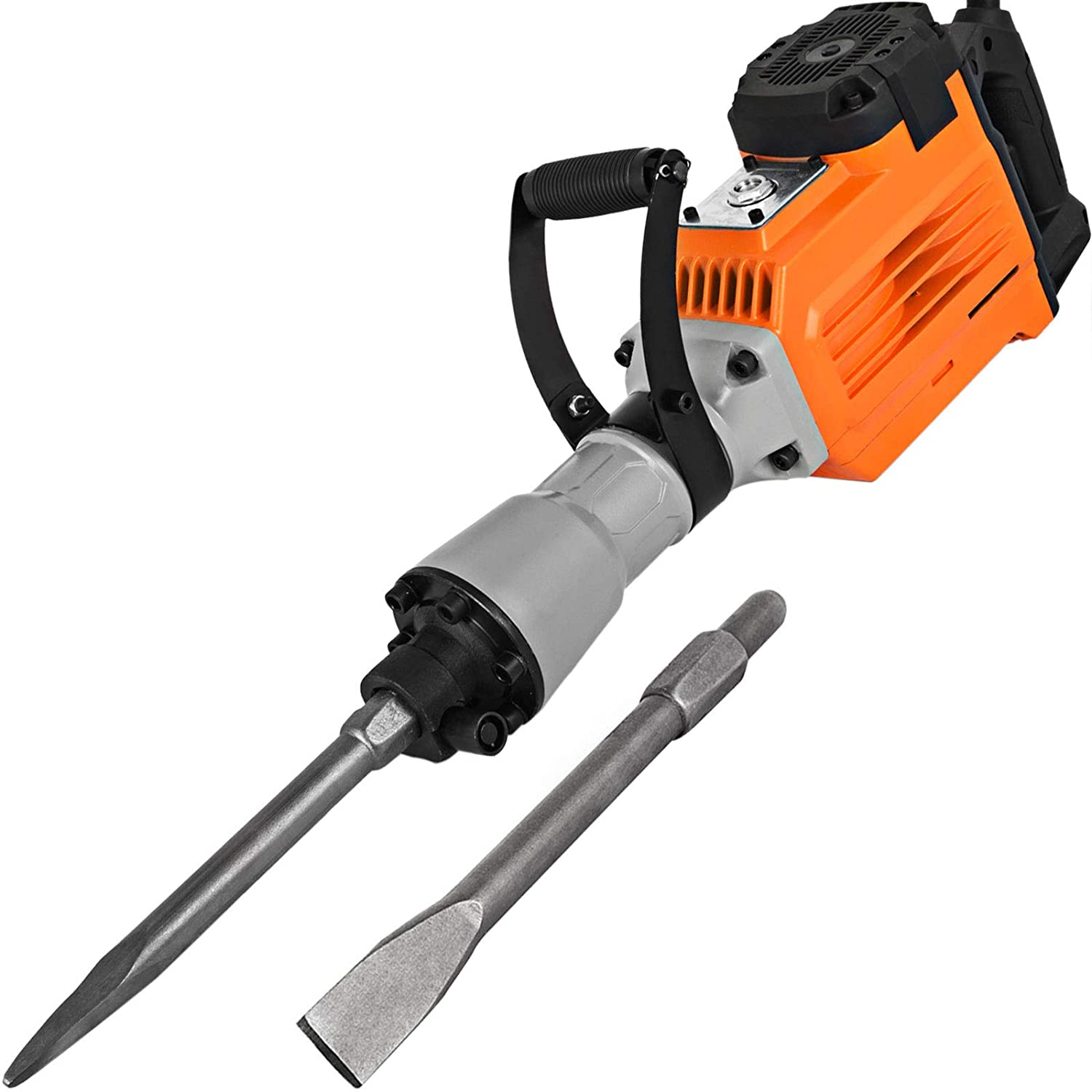
From an elegant hand cut with a chisel to raw, rock-breaking horsepower in a jackhammer. Concrete is no problem if you use the correct tool. Let the ManMade community know on Facebook or Pinterest if you’re tried any of these methods for cutting concrete.


